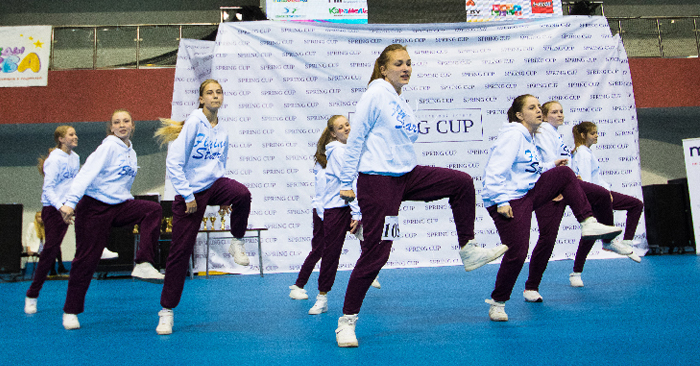Earlier this year, I wrote a post about plagiarism in creating dances and dance material. Since then, I have received an outpouring of information regarding situations involving copied dance choreography material. It is intellectually difficult to comprehend the necessity of this vice, especially when it impacts our students.
Check out this story, submitted by a parent, about her daughter’s experience:
A couple of years ago, I had the unfortunate surprise of finding my daughter’s jazz dance on YouTube. It was the beginning of our dance year and after the second week, my dancer excitedly came home and wanted to show us what she had learned so far.
She loved the song, the dance – she was thrilled. Not being able to find the exact version on iTunes, I searched on YouTube – the name of the song and dance. I clicked one dance and she said, that song is different, try another one. So I play another video. “That’s it,” she said. Well, as she is dancing and I am glancing at my laptop, I realize she is doing the exact same dance.
I waited another week and when my dancer came home continuing to do the dance from the internet, I knew there was a phone call I needed to make. Calling the Studio Owner the next day, who happens to be someone I highly respect and like, was one of the hardest things I have ever had to do. She was shocked and embarrassed, I felt sick to my stomach having to tell her.
I will never forget her apologizing and saying that it was a phone call no parent should ever have to make. She is the epitome of integrity. I did not share what had happened with my dancer or other parents because it would have created unnecessary drama.
I don’t know nor is it my business to know how the situation was handled, but the song and dance were completely changed. Unfortunately the group of 10 and 11 year olds did not understand why the dance they loved was being changed so it was a challenge to hear that and hear other parents question why as well.
It is so important for dance teachers to create their own work. It could
easily be a dancer who finds the dance on YouTube, a dance they have worked hard on all year. Even if the teacher thinks, my studio doesn’t post dances, I can get away with it. What if it performs well at a competition and is featured on a competitions Facebook Page or YouTube channel?
I think the above situation was a very big learning experience for a new and young teacher. Just wanted to share my perspective on what it is like when a parent discovers their daughter’s dance is not the teacher’s original choreography.
Should this be happening in our industry? Absolutely not. As leaders, we have to implement a standard of originality and creativity. While this is a specific example, it represents a common occurrence that happens too frequently. It is hard to comprehend that there are teachers using entire routines from YouTube, master instructors duplicating exact dance choreography for multiple dancers, and competition teams that are blatantly and specifically copying other studio’s concepts.
We have to be role models of integrity, originality, and creativity for our students, instructors, and peers to prevent situations like the one above. We have to separate and clearly define inspiration versus plagiarism. When we incorporate such high standards in our studios and our students, we create a stronger culture, brand, and legacy. And, that is something everyone can respect.
In school, students are taught to be vigilant about citing sources and making sure that proper credit is given where it is due in regards to research. You would assume this heightened level of respect for others’ work would translate to the professional world; however, with advances in technology making creative content easily accessible, it seems that copying without credit has quickly become a frustrating fad.
From choreographic concepts to entire routines to business models to misrepresentation via falsely acquired photographic images, the possibilities of using materials that do not belong to you are endless. But, here’s the question: why would you choose to use content that does not belong to you? You have created a unique institution that should reflect your core values, mission, and beliefs– not someone else’s culture and beliefs.
The next time a creative block occurs, allow yourself the opportunity to find your own unique inspiration. The final product will be representative of your culture, and you will feel honest in projecting it to your students and clientele.



